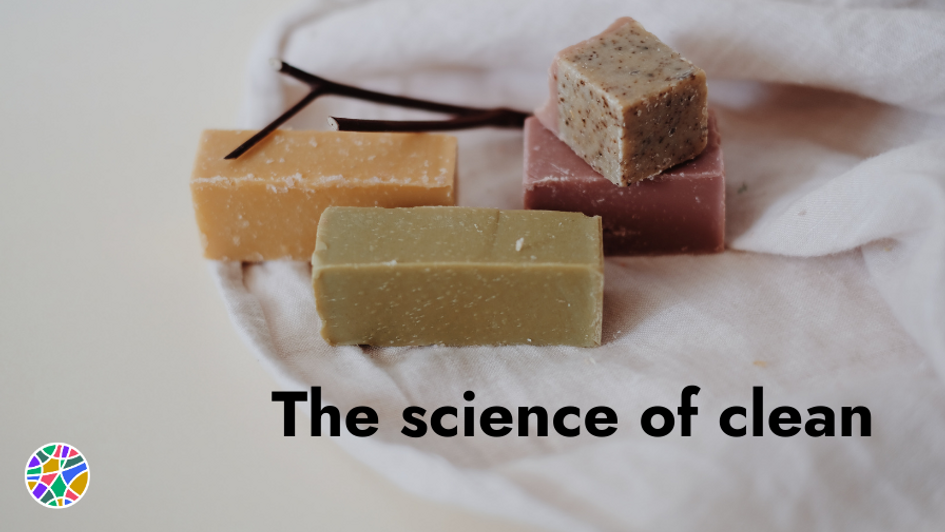
Let's delve into the science behind these eco-friendly hair care products.
Understanding the Basics
Shampoo and conditioner bars function similarly to their liquid counterparts but in a solid form. They are made by combining various cleansing and conditioning agents with binding agents to form a solid bar. These bars typically contain natural ingredients like plant oils, butters, and essential oils, along with synthetic detergents and conditioning agents.
The Cleansing Process
Shampoo bars work by dissolving dirt, oil, and product buildup from your hair and scalp. The primary cleansing agents in shampoo bars are surfactants, which lower the surface tension between oil and water, allowing them to mix and wash away. Common surfactants found in shampoo bars include sodium cocoyl isethionate (SCI), sodium lauryl sulfate (SLS), and sodium coco sulfate (SCS). These surfactants effectively remove impurities without stripping the hair of its natural oils.
Balancing Act: Conditioner Bars
Conditioner bars are formulated to hydrate and nourish the hair, restoring moisture and improving manageability. They typically contain conditioning agents such as behentrimonium methosulfate (BTMS) and cetyl alcohol, which help to detangle and soften the hair. Additionally, ingredients like shea butter, coconut oil, and argan oil provide deep conditioning and seal in moisture, leaving the hair smooth and shiny.
pH Balance
One essential aspect of shampoo and conditioner bars is their pH balance. The scalp has a slightly acidic pH, typically ranging from 4.5 to 5.5, which helps to maintain the health of the scalp and hair. Therefore, it's crucial for shampoo and conditioner bars to have a pH level that is compatible with the scalp's natural acidity. Formulators carefully adjust the pH of these bars to ensure they are gentle and non-irritating to the scalp while effectively cleansing and conditioning the hair.
Environmental Impact
Beyond their effectiveness, shampoo and conditioner bars offer environmental benefits. By eliminating the need for plastic packaging, they help reduce plastic waste and lower carbon emissions associated with transportation. Additionally, many brands formulate their bars with biodegradable ingredients, further minimizing their environmental footprint.
Tips for Use
To get the most out of your shampoo and conditioner bars, it's essential to use them correctly. Wet your hair thoroughly before applying the bar, then either rub the bar directly onto your scalp and hair or lather it in your hands before massaging it into your hair. For conditioner bars, focus on the mid-lengths and ends of your hair, avoiding the scalp. Rinse thoroughly with water and allow the bars to dry between uses to prolong their lifespan.
Conclusion
In conclusion, shampoo and conditioner bars offer a sustainable and effective alternative to traditional hair care products. By understanding the science behind these bars and their ingredients, consumers can make informed choices that benefit both their hair and the environment. Making the switch to shampoo and conditioner bars is not only a step towards healthier hair but also a contribution to a greener planet.

Give the gift of high quality local products and services, delivered sustainably in zero-waste packaging.
We have sent a confirmation email to you and your friend notifying them of your gift and how to use it.
They simply need to create an account on Periva.com, and the amount will automatically get applied to their account - which they can then use to order any item on Trashless - it's that simple.
If you have any questions or concerns, please write to us at support@periva.com
Welcome to Trashless - a community of consumers, producers and brands dedicated to making your life free of single-use packaging, and a world with a lot less trash.
Your order is confirmed!
Press 'My Deliveries' on the top right to see what's scheduled for delivery over the next 90 days.
Edit/Skip/Remove an item until the cut-off date and time mentioned.
Your credit card will be charged at 4pm the day before delivery.
Chat with us if you have any questions. Or better yet, text us at: 512.399.2525.
Reply: